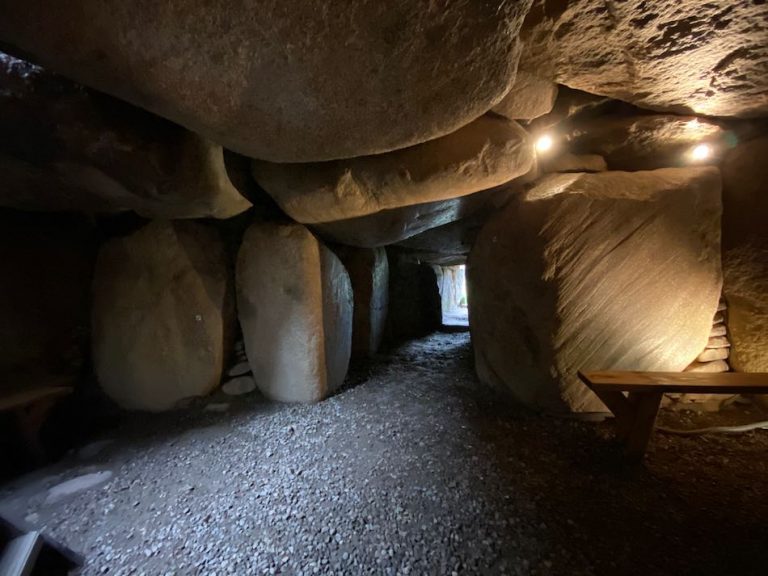On the island of Sylt there is a tomb from the Neolithic period. This means that it is as old as Stonehenge, the mystical place of worship in Britain.
Denghoog is one of the most impressive and best-preserved Neolithic tombs in northern Europe. Its stones weigh up to 18,000 kilos each.
Historic wealth of the island of Sylt

Sylt is an island in Germany known for its many millionaires. But what impressed me about the island was not the wealth of the wealthy Germans, but the wealth of history that the place possesses.
An example of this is found in Wenningstedt. It is the largest hilltop grave in northwestern Europe.
It is not yet clear how it was possible to build this powerful stone grave more than 5000 years ago.
The vault that was then used as a funeral chamber is almost 5 meters long, 3 meters wide and between 1.50 and 1.90 meters high. The chamber consists of erratic blocks from the Ice Age, weighing up to 18 tons. The entrance originally led through a narrow passage, today visitors who want to enter the tomb from above. However, I made a point of crouching in the old entrance. If you want to live the experience, let it be complete!
Origin of the name Denghoog
The tomb is named after a Neolithic period. The word “Denghoog” comes from Sölring (Sylt dialect) and means “Hill of things”. It was the term used to describe the popular and judicial assemblies according to the ancient Germanic law. Therefore, it is possible that people used to gather here to administer justice. Originally, however, it was built as a place of burial in the 4th millennium BC.
History of Neolithic tomb research
The hill was first investigated by Hamburg geologist Ferdinand Wibel from September 17-19, 1868. Since the 1930s, visitors can see the best-preserved Neolithic grave in Schleswig-Holstein. Ernst Sprockhoff measured the grave in 1960 and included it in his “Atlas of German Megalithic Sepulchres” under number 4. Due to a collapse in the corridor, which caused poor ventilation of the site, a new excavation was carried out from May 5 to June 25, 1982, under the direction of Joachim Reichstein and H.-J. Repkewitz, which focused mainly on the corridor and the entrance area in front of it. At the same time, they dug a grave near Rantum. The excavation in Denghoog was not published at first, only a local archive note and an internal report from the Schleswig-Holstein State Office of Archaeology was published. Processing of the excavation and the discovery of material that had been accumulated in the process was not carried out until 2013 as part of a Maria Wunderlich Master’s thesis. The thesis was published in 2014.
Learn more about German history and culture!
Address
Next to Friesenkapelle
25996 Wenningstedt
04651-32805 or 0170-6971687









